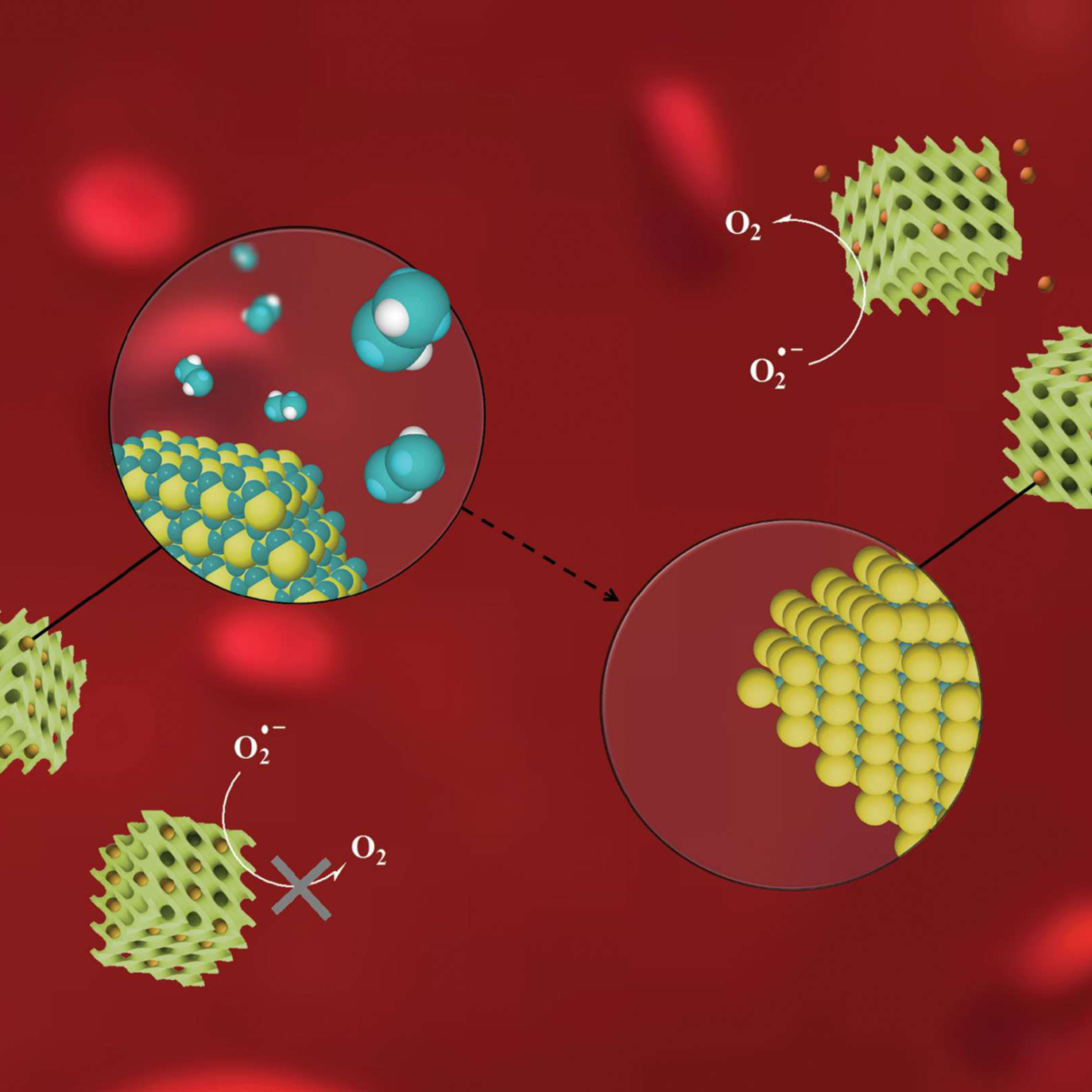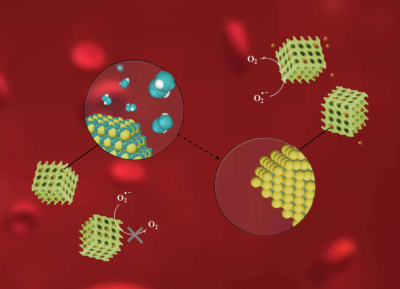
Research opens perspective for treatment of several diseases tailored to the needs of each patient
From the biochemical point of view, we are a complex set of interconnected chemical reactions. The molecules that make up our bodies are in constant transformation, and this is what makes it possible for us to get energy from food, to regenerate damage to our tissues, and to synthesize the compounds necessary for life.
These modifications usually occur with the aid of other molecules called enzymes, which promote and accelerate chemical reactions without being consumed during the process.
For the proper functioning of this complex system, the enzymes must act only at the necessary place and time. Hence, nature has developed an ingenious strategy for this to happen: inactive forms of enzymes, known as proenzymes, are continuously produced, but are activated only by specific stimuli.
The occurrence of a problem in the production of these enzymes can result in highly debilitating diseases. However, the treatment of patients by means of enzymatic replacement from natural sources is not always an adequate solution.
Therefore, researchers have been investigating synthetic systems to mimic the action of natural enzymes for biomedical applications and one of the most promising alternatives is the use of nanoparticles.
The extremely small size of these particles and the possibility of customizing their properties makes it possible for biologically relevant reactions to occur on their surface. However, as is the case for natural enzymes, it is not in the interest of the body that nanoparticles act indiscriminately, at the risk of causing side effects that outweigh the potential benefits of its use.

Schematic figure of the action of the ultrafine cerium(III) hydroxide and cerium oxide CeO (2-x) nanoparticles . Back cover image from the Journal of Materials Chemistry B [1].
Thus, inspired by nature, Denise R. Bohn and collaborators [1] report for the first time the concept of nanoparticles capable of acting as artificial pro-enzymes. In the study, highlighted on the back cover of the Journal of Materials Chemistry B, ultra-fine (smaller than 2 nm) cerium(III) hydroxide $\rm Ce (OH)_3$ nanoparticles were synthesized inside a liquid-crystalline structure composed of lipid and water. In the presence of hydrogen peroxide ($\rm H_2O_2$), typically present in inflamed regions of the organism, the nanoparticles were converted to cerium oxide $\rm CeO_{(2-x)}$.
$\rm CeO_{(2-x)}$ has a known ability to mimic the action of the enzyme superoxide dismutase. This enzyme catalyzes the degradation of the superoxide $\rm O_2^−$, a byproduct of oxygen metabolism, which is capable of causing damage to cells. For this reason, the cerium oxide nanoparticles can be considered mimetics of this enzyme and, in turn, the cerium(III) hydroxide nanoparticles act as artificial pro-enzymes.
This conversion, on demand, of the oxidation state of cerium makes it possible to mimic the strategy adopted by nature. According to the researchers, the results obtained open the perspective for a new generation of intelligent artificial systems that will allow the treatment of several diseases tailored to the needs of each patient.
The characterization of the liquid crystal was performed by SAXS measurements in the SAXS1 beamline of the Brazilian Synchrotron Light Laboratory (LNLS). The liquid crystal was instrumental in maintaining the stability of the nanoparticles at physiological pH.
Activation of the nanoparticles by hydrogen peroxide was verified by monitoring the oxidation status of cerium by in-situ XANES measurements in the XAFS2 beamline, also at LNLS. The toxicity of the system was evaluated in cell culture and the ability of the cerium oxide nanoparticles to act as superoxide dismutase mimetics upon activation was assessed by in vitro assay.
Source: [1] Denise R. Bohn, Francielli O. Lobato, Alisson S. Thill, Luiza Steffens, Marco Raabe, Bruna Donida, Carmen R. Vargas, Dinara J. Moura, Fabiano Bernardi, Fernanda Poletto, Artificial cerium-based proenzymes confined in lyotropic liquid crystals: synthetic strategy and on-demand activation, Journal of Materials Chemistry B (2018) 6: 4920. DOI: 10.1039/c8tb00479j
Results open new perspectives for the study of neurodevelopment and neurodegenerative diseases
Research investigates cheaper alternatives to attenuate the emission of toxic gases